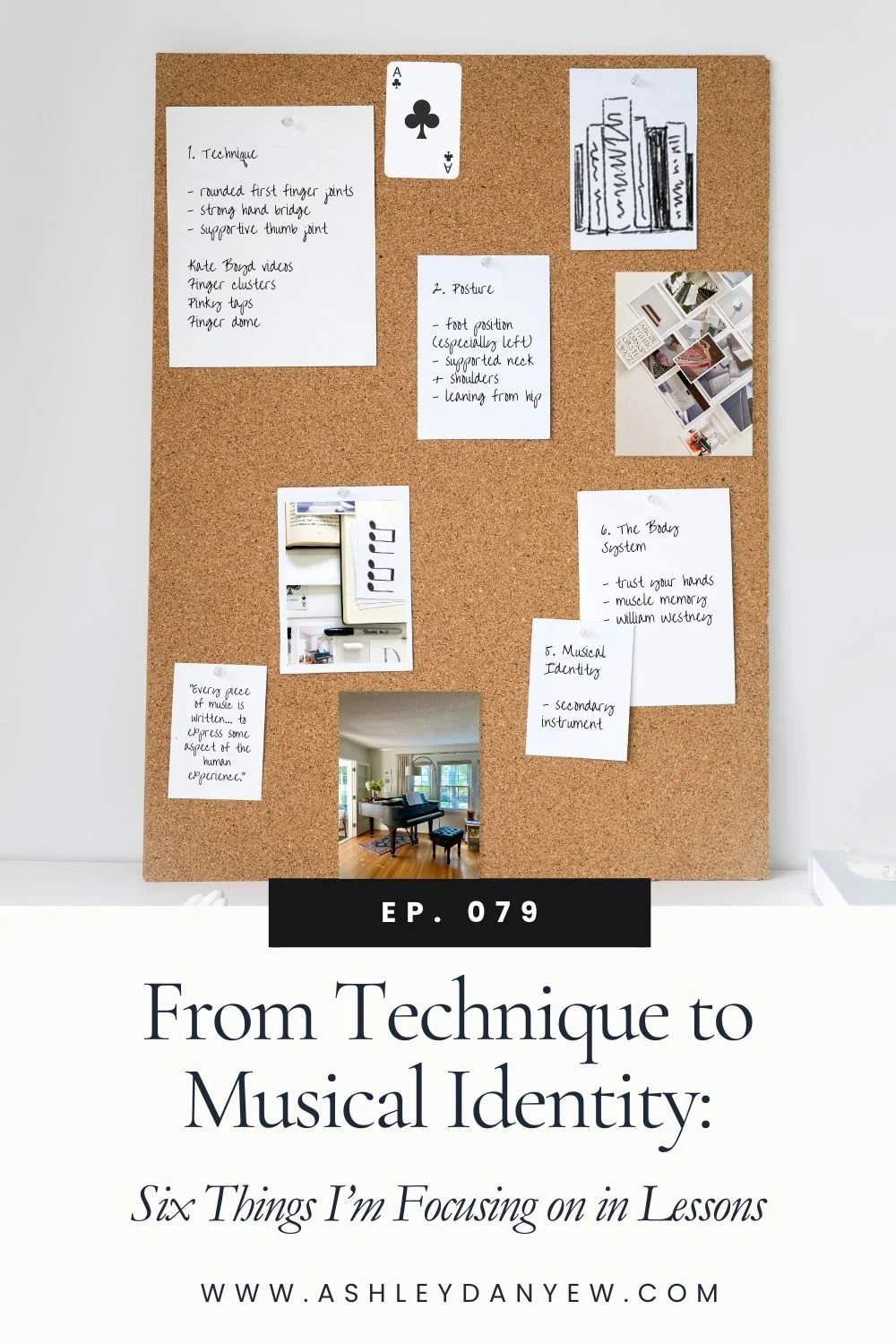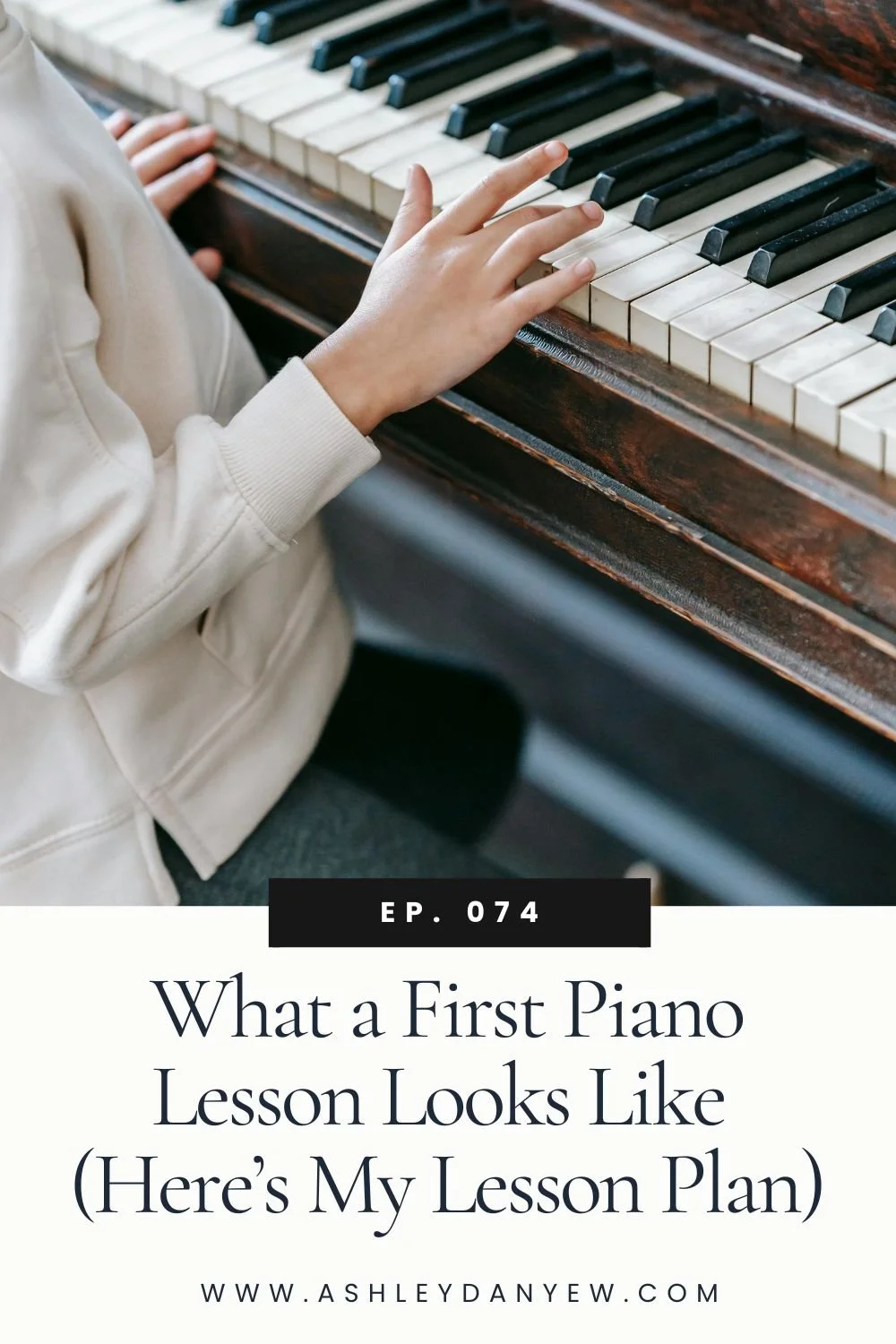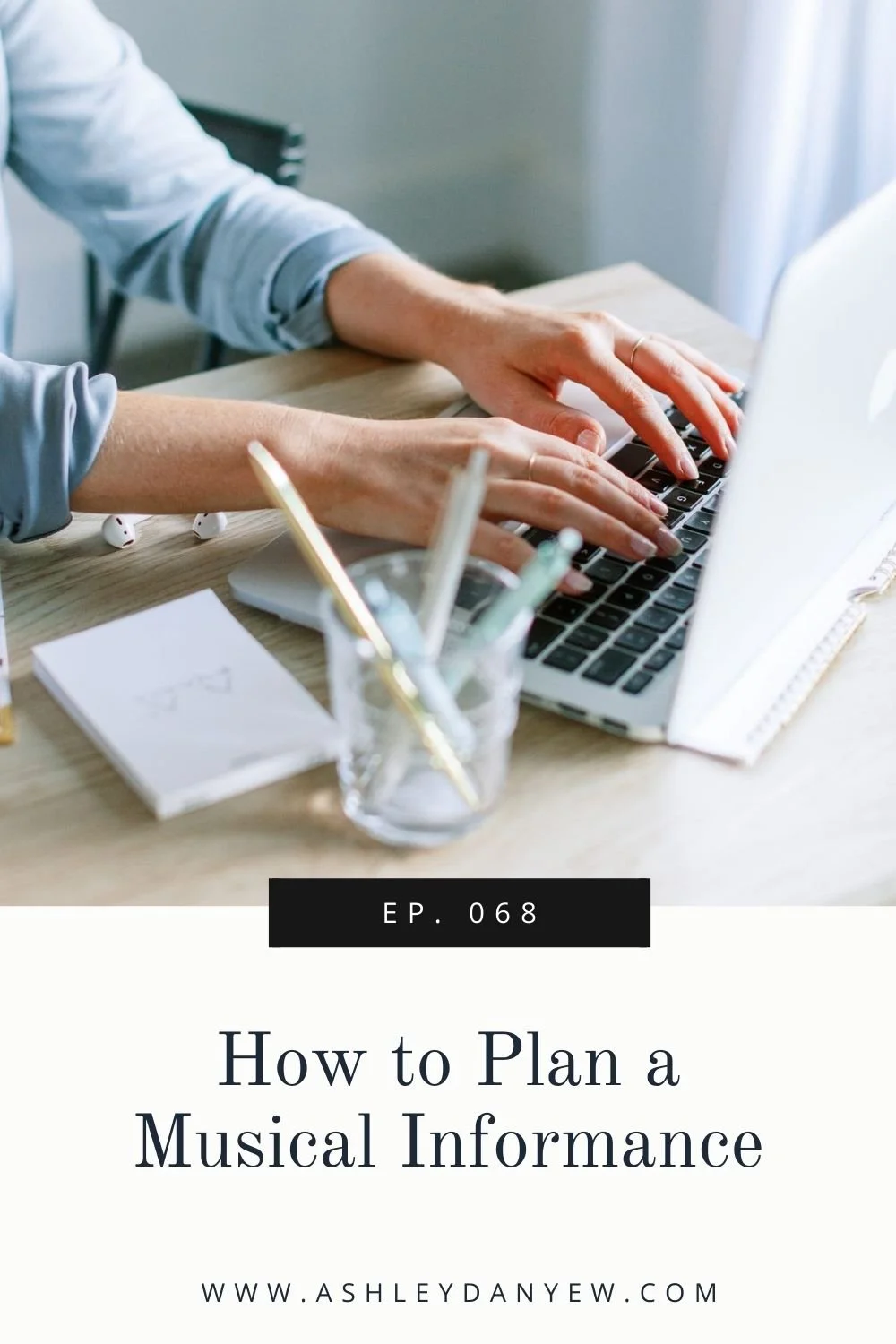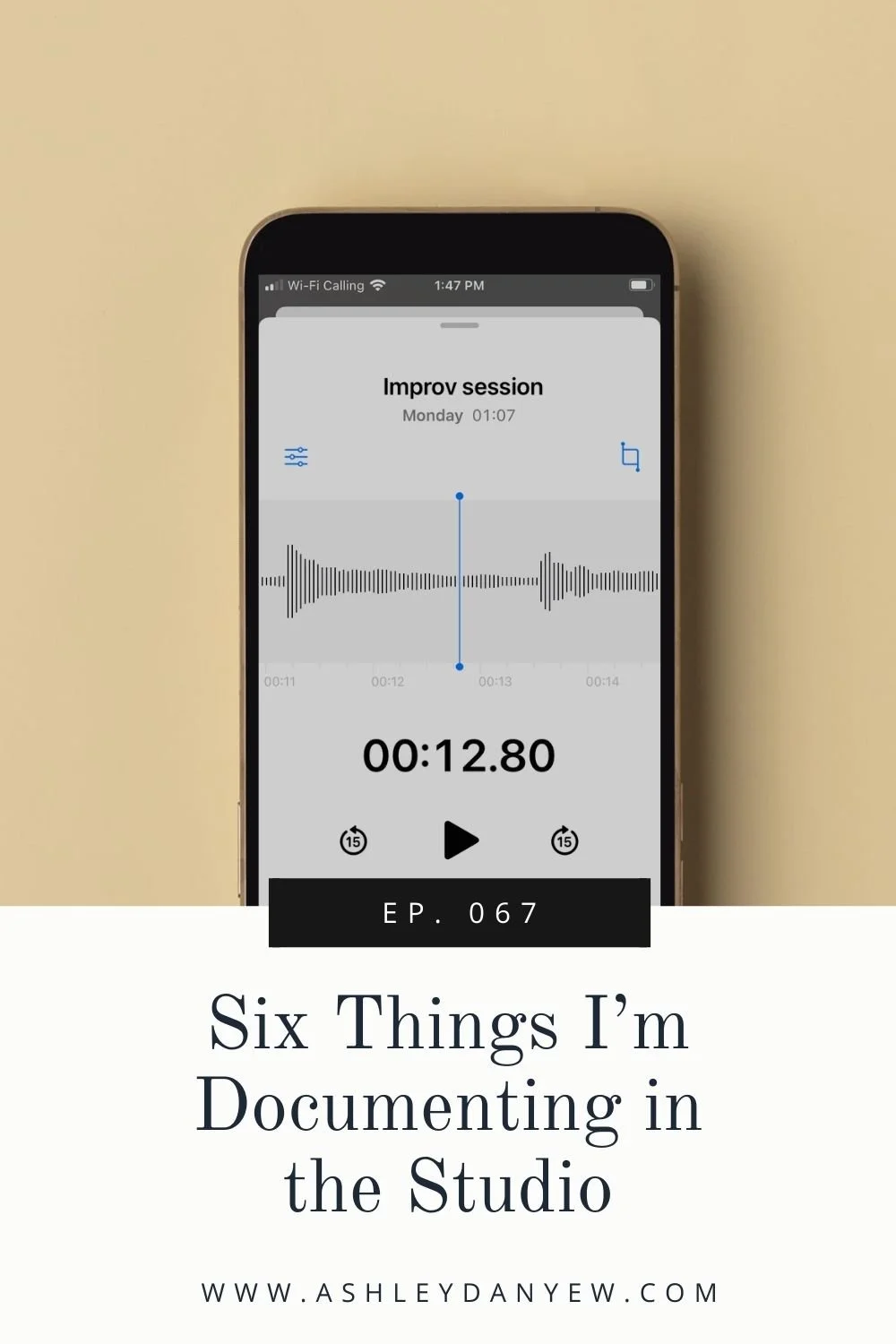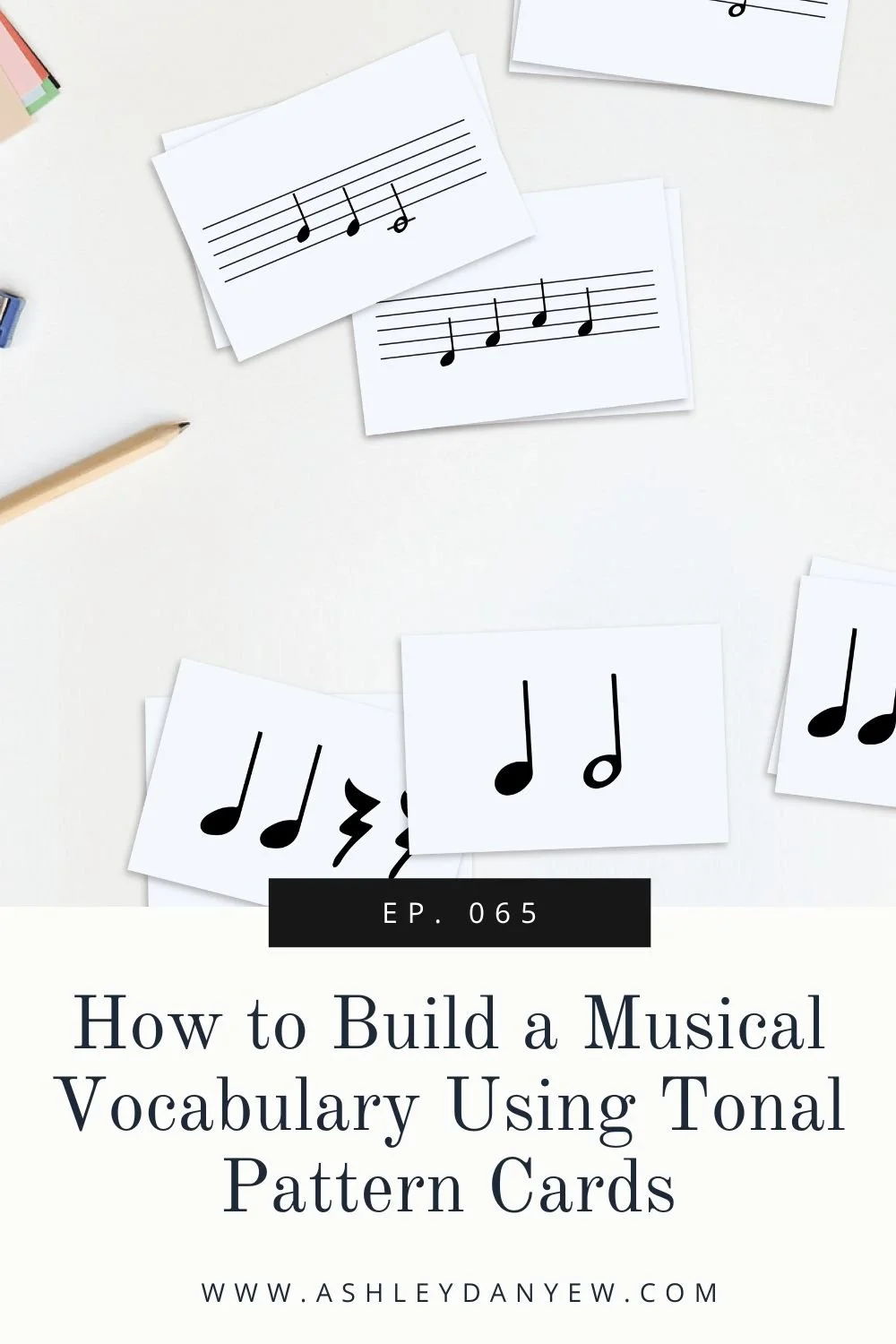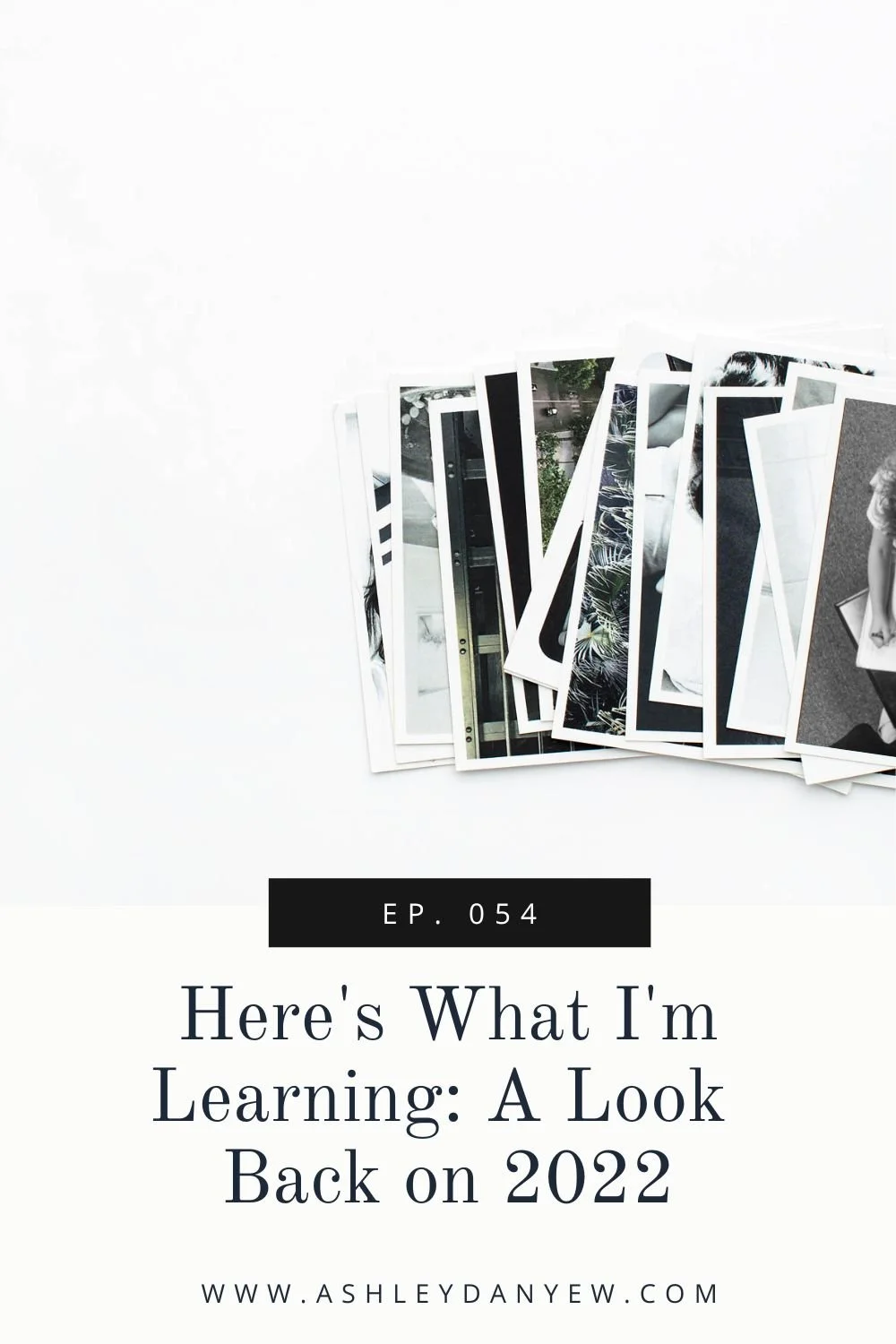Resources Mentioned
*Disclosure: I get commissions for purchases made through some of these links.
In March of this year, teachers all over the world were thrown a curveball when schools were closed until further notice due to the COVID-19 outbreak. Suddenly, we found ourselves signing up for Zoom accounts, setting up home studios, purchasing webcams and external microphones, and trying to figure out how to do what we do in this new virtual space.
For many of us, we spent the first few weeks in survival mode — doing whatever we could to get through and provide a somewhat consistent and positive experience for our students.
But once it became clear that we were in this for the long haul, that schools were not going to reopen this academic year, something started to shift. Instead of looking at this as a temporary substitute for in-person teaching and learning, I started settling into a new teaching rhythm and uncovering some surprising benefits that I wouldn’t have recognized were it not for this unusual and unexpected experience.
That’s often how it is, right? We learn the most sometimes in the times and places we least expect it. It’s been 12 weeks now of teaching solely online. Twelve weeks of innovating and adapting and learning new technologies. Twelve weeks of meeting my students in their homes, navigating this new virtual world together, and finding ways to keep making music through it all.
Today, I want to share a few of my observations and reflections on this season, this new paradigm in music education, and the benefits of music teaching and learning that I’ve discovered.
The Unexpected Benefits of Teaching Online
A New Teaching Rhythm and Space
A few weeks ago, I recognized that my teaching rhythm has shifted a bit since moving to online teaching. Instead of racing out the door at 2 p.m. and driving to school and setting up the classroom, I spend time after our lunchtime walk prepping for afternoon lessons at my own piano — warming up, playing through their pieces, jotting down notes, and pulling collections and resource materials I want to use in lessons.
I’ve also adjusted my schedule so that I have 5-10 minutes in between each student to reset, switch technology platforms, if needed, and finish typing up assignments. These small moments throughout the afternoon keep me from feeling burnt out at the end of the day and help me mentally conclude my time with one student and begin fresh with the next one.
My piano at home is by a window, so I’ve enjoyed listening to the birds and looking out at the early spring landscape as it grows fuller and greener each day. We’ve also been bringing some cuttings inside each week from trees and bushes in the backyard. It’s a small thing, but I’ve enjoyed seeing the vase of budding branches on the piano each day.
Let’s not underestimate the power of an inspiring teaching space! It’s not something I’ve thought too much about before, because I’ve never taught at home, I’ve always taught in a school or church or community music school and the space has always been shared. But I’m really enjoying curating my own teaching space and having access to all my materials and books while I teach.
A New Way to Connect with Students
Before moving lessons online, I didn’t know who of my students had phones or iPods and I certainly didn’t have their phone numbers or email addresses. All of my communication was with parents.
But now, I’m able to communicate directly with students in most cases, which means we can communicate during the week more easily, as well. I’ve sent YouTube videos of their pieces via text or email, demonstrated new pieces or warm-up exercises, and received texts saying things like, “I got my new book today!” which has been so rewarding.
A New Way to Write Assignment Sheets
I don’t know about you, but I’ve always struggled with assignment sheets.
I know they’re valuable and important to the learning process and to guiding practicing at home during the week, but let’s be honest, how many students actually read what we write in their assignment notebooks? Plus, it bothers me how much time it takes to write these assignments during the lesson — time I could be spending actively engaging with the student.
When I was growing up, my piano teacher required a parent to sit in on every lesson and take notes. Brilliant! Except this doesn’t work in all circumstances, like the one I’m currently in, teaching in an after-school program.
Some teachers type up assignment sheets in the lesson and then email them to parents afterward, but this means sitting with a computer on my lap the whole time and relies on parents to print the assignment sheet in a timely manner each week.
When we first moved lessons online back in March, I asked some of my middle and high school students to write their own assignment sheets and I sort of abandoned the idea for certain students who I thought probably didn’t read them anyway. For my youngest students, we turned to the Post-It method, where they mark all of their current assignments with Post-Its so they know exactly which pieces to work on during the week. But after a few weeks, I realized I could type notes either during the lesson or in the 5-10 minutes following and then text or email the notes to parents as a way of recapping what we covered or I can text the notes directly to students after the lesson.
In Zoom, I type up the assignment sheet using the Whiteboard tool so students can see the notes as I write. I save the Whiteboard at the end of the lesson and text or email it.
For those using FaceTime, I have the Notes app open on my computer to type up a lesson plan in advance and then jot down assignments, measure numbers, and specific instructions as we work. I find that I can type much faster than I can write by hand, so this doesn’t feel like the same disruption to lessons as handwriting assignments each week.
I’ve heard that some teachers are using Google Drive for assignment sheets; students and parents know to check their folder each week for an updated document, which eliminates the need to send an email or text for every student, every week.
A New Approach to Lesson-Planning
How do you plan individual lessons? How do you prepare before seeing each student each week?
Teachers at the New School for Music Study in Princeton, NJ advocate planning lessons in advance each week and typing out an assignment sheet to match. If there are changes or adjustments that need to be made in the lesson, these can be handwritten on the sheet and if you have access to carbon paper, this makes it easy to keep a copy for yourself as a record each week.
I did this for a while, but I found it was challenging when students didn’t practice one week and we needed to basically repeat our lesson from the week before, or at least not progress as much as I had anticipated.
It’s easy to fall into a reactionary approach to teaching lessons, waiting to see where students are with their current assignments before making the decision to move to the next step or begin something new. And the more students you have in a given week, the less time you have to plan for each individual lesson, right?
Since moving lessons online, I found that I needed a record of what my students were working on each week and what I had assigned in terms of technical exercises and other activities.
So, I made a list for each student (organized by teaching day) so I can see at-a-glance all the students I have in a given day and all of their current assignments.
This has been so helpful for my mental preparation and it’s helped me plan ahead for each student in terms of sequencing warm-up exercises and maintaining a variety of musical styles. Before I begin teaching each day, I take some time to review these lists and plan what I want to introduce and assign each student, if they’re ready.
A Peek Into My Students’ Home Music-Making
This is definitely a benefit I didn’t anticipate going into all this, but it’s been so helpful for me to see inside each student’s home, to see the instrument they’re practicing on, to see how they have the bench (or chair) positioned. We talk about posture and distance from the keys and hand position and appropriate height when we’re working at the piano at school, but to connect these conversations to their home practice environment has been huge.
I didn’t realize that so many of my students are practicing on keyboards! Or that so many of them are still sitting too close to the keys. Taking time to talk through posture and distance and height while they’re sitting at their home instrument has proved to be invaluable.
A Return to Playing for Fun
I’ve written about the benefits of playing your instrument for fun, but truth be told, it’s not something I always practice. Sure, there are certain seasons of the year when I pull out my old books for fun, but without a reason to learn a piece or an upcoming performance to prepare for, I find my motivation lacking sometimes.
To my surprise, since beginning online lessons this spring, I’ve felt a pull back to playing the piano for myself. You would think after sitting at the piano all afternoon for lessons that I’d be ready to get up and do something else by evening, but instead, I’ve enjoyed an hour or so each day playing through pieces from Mendelssohn’s Songs Without Words, Beethoven Variations, and Chopin’s “Raindrop” Prelude in D-Flat Major.
I’ve felt a craving for music-making, a need for connection to the instrument and to live music. Can you relate? My friend Jessica Grant talked about this on her podcast, Afternoon Ti recently. Episode 100 — go check it out!
This is our heart as musicians and educators and it’s been so rewarding to play again and experience the joy of live music-making. I believe this makes us better teachers — staying connected to the art of music ourselves, remembering what it’s like to be a learner, challenging ourselves technically and expressively to communicate on deeper levels.
If you haven’t played your instrument for your own enjoyment recently, I want to encourage you to play something for fun this week. Pull out your favorite piece from college or play something by ear. Play through your students’ repertoire or play a transcription of your favorite song. If you decide to share a recording, tag me on Instagram @ashleydanyew — I want to cheer you on!
I know teaching solely online won’t last forever, but I’m grateful for a few bright spots in the midst of a lot of change. It’s been really rewarding to uncover these surprising benefits and feel like I’m stretching my creative teaching muscles in new ways.
What unexpected benefits have you found in teaching online so far? I’d love to hear from you.






